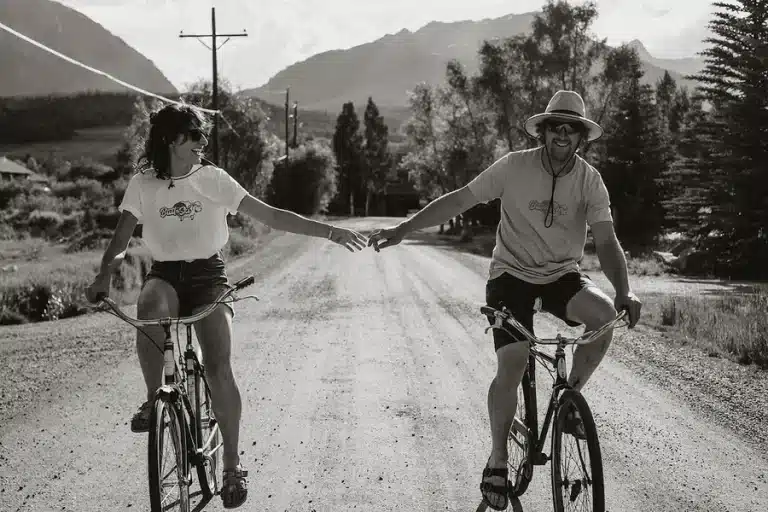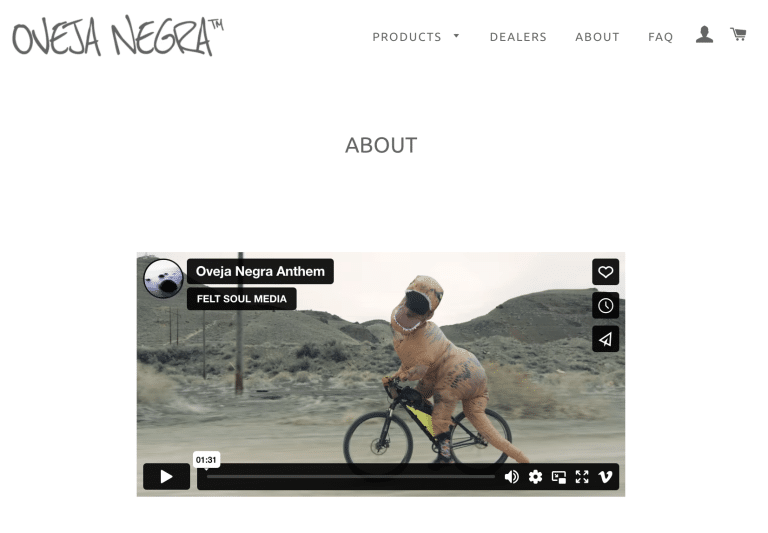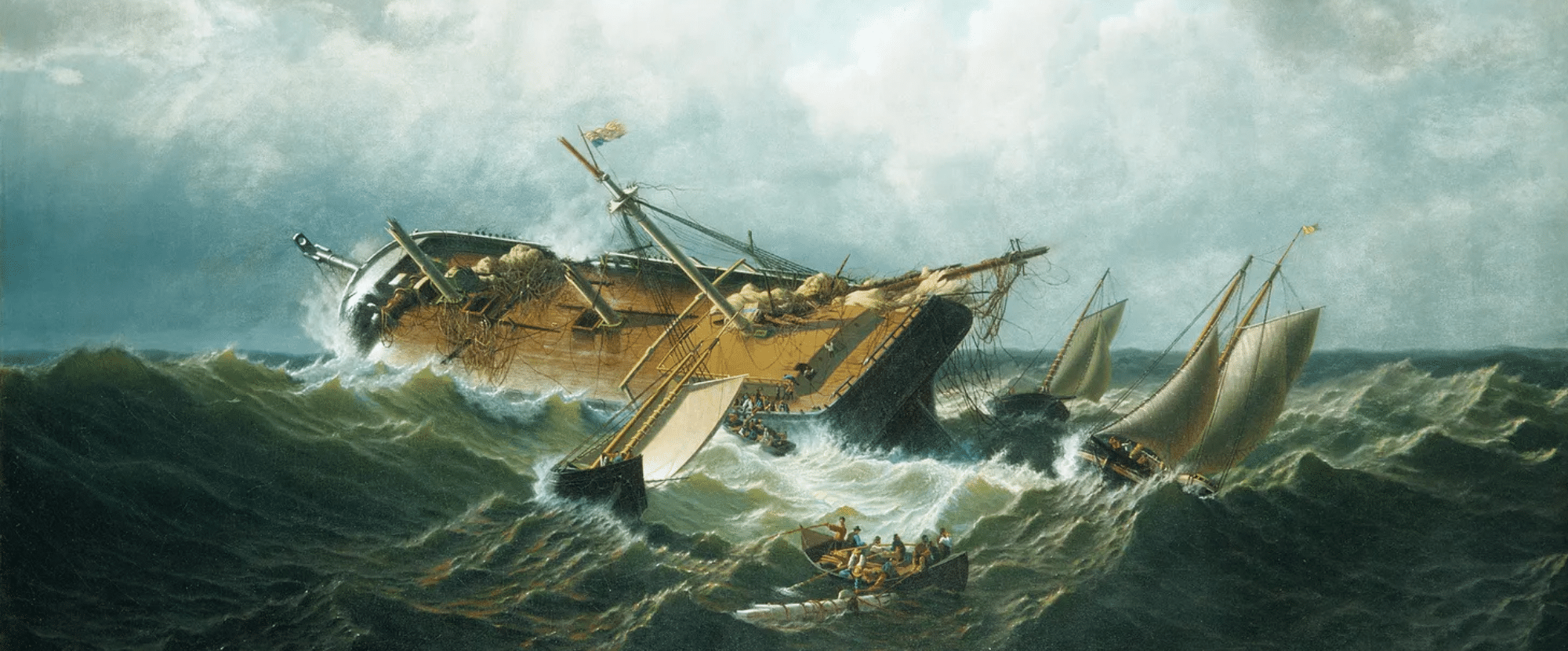By Margaret Hedderman
All together now:
What do we want?
Brand trust!
How do we get it?
Earned media!
According to a YouGov survey, 9 out of 10 consumers trust earned media. (That same survey revealed that roughly 50% of consumers trust paid ads.)
👉 For non-marketers, earned media is any type of content about your brand that you did not pay for or create yourself.
Back in the olden days, earned media came in the form of newspaper articles or TV spots. Today’s media landscape is a bit bigger. In addition to those traditional forms of earned media, we also have peer reviews, Instagram influencers, bloggers, podcasters… you name it!
There’s a reason companies spend big money on PR (public relations) and getting other people to talk about their brand. Earned media continues to be a powerful way of building brand trust.
But how do you get earned media? Especially if you are an emergent startup, solopreneur, or small business owner?
There are a lot of strategies available to us, but one of the lowest hanging fruits is a press page.
🤔 So, what’s that?
A press page offers general information about your company. It enables journalists, bloggers, or anyone interested in your brand to easily describe your business to others.
In this down and dirty blog, we’re going to focus on the importance of building a press page and how to do it.
What is a press page and why’s it so important?
A lot of websites will have a link to a “press page,” that features a list of articles or stories that have been produced about the brand. That’s one element of an effective press page, but not the full picture.
What we want is a press page that conveys all the necessary information another person (journalist, blogger, etc..) needs to accurately talk about your brand. In addition to your mission statement, you want to include information like what your company does, its size, and location.
💁♀️Tip: For rural businesses, this is a great opportunity to share the role your community plays in the formation of your business.
A press page can also be a really effective About page. This is where businesses typically share their mission statement and core values—i.e., your “Why.”
But that’s only one part of the story. There’s also the Who, What, Where, When, and How. When you don’t offer this information, you’re forcing someone else to guess the most important details about your brand. Make it easy for other people to talk about how great you are.
Here are some examples of effective company descriptions on press pages:
Patagonia
“We’re in business to save our home planet. Founded by Yvon Chouinard in 1973, Patagonia is an outdoor apparel company based in Ventura, Calif. As a certified B Corporation and a founding member of 1% for the Planet, the company is recognized internationally for its product quality and environmental activism, as well as its contributions of more than $250 million to environmental organizations. Its unique ownership structure reflects that Earth is the only shareholder: Profits not reinvested back into the business are paid as dividends to protect the planet.”
Y Combinator
“YC helps founders launch, build, and scale the great technology companies of the next 100 years.
Since 2005, we’ve funded over 3,000 companies. Today, over a dozen YC companies are public, more than 60 are valued at over $1B, and the combined valuation of YC alumni is over $600B.
YC was designed, created, and is run by startup founders (including many YC alumni) who have built the best platform for supporting startups as they grow. Our flagship YC batch program runs twice a year. We give companies seed funding ($500,000) and work with founders intensively for 3 months.”
Oveja Negra 🤘
“Who, What, Where?
Oveja Negra designs, manufactures, and sells top-shelf bikepacking bags out of our fun and bustling factory in Salida, CO. We are 16 people and 20 machines working our tails off to provide the best bags and customer service to our riders worldwide.”
What Goes on A Press Page?
We call this low hanging fruit because it’s so easy even a small business with no marketing team can do it. If you don’t have the resources to build a separate press page, be sure to include the following information on your website’s about page. You can even put this in the about section of your Facebook page if you don’t have a website.
1. Company information
Think of this as an elevator pitch. How do you convey the most important information about your business in the most succinct way possible? This should include:
- What your company does and how you do it
- When you launched and who was involved
- Why you started this business and/or your mission statement and core values
- Your company’s size (don’t have full-time employees? Mention contractors, part-time workers, and interns.)
- Location
- Relevant statistics that help provide context to your business
2. Contact Information
If you have marketing person, list them and be sure they can accurately (and enthusiastically!) discuss your business. If not, list your email address and phone number. Do not use a field form.
3. Press quality photo(s)
High-resolution company photos are often included in a media kit, but if you don’t have one of those you should still offer at least one high-res, quality photo.
Why?
When was the last time you clicked an Instagram post without an image?
Or read an article (honestly) that didn’t have a photo?
Newspaper editors, bloggers, and social media managers crave compelling visual content. So, give it to them and improve the chances of someone sharing your story.
This needs to be a high-resolution picture of the real humans behind your business. Better yet, find a photo that shows you or your employees in action.
But wait, since when do scrappy new businesses have professional photographers? This is admittedly a challenge for many entrepreneurs on a shoestring budget, but it’s not impossible. Especially if you steal.
Not literally, of course! Instead, study an article or blog about another business similar to yours. What does the associated picture look like? Can you replicate it? Grab a friend with a good camera phone and stage a similar photograph for your business. Voilà!
💁♀️ Tip: Make sure the picture can be saved or downloaded. Don’t forget to include the photographer credit and caption if applicable.

Now, if you’re feeling really ambitious, you can of course develop a full press page that includes a media kit, past and present press releases, your brand guide, and a list of previous stories about your business. Otherwise, the above is enough to make your business earned media ready!
Is a Press Page All I Need for Earned Media?
No, sorry. We could write an entire blog series about “earning” earned media. There are books on this stuff. Building a press page (or a good about page), however, is a first step in making it easy for people to talk about your brand. That’s what builds trust and authenticity. And who wouldn’t want that?





